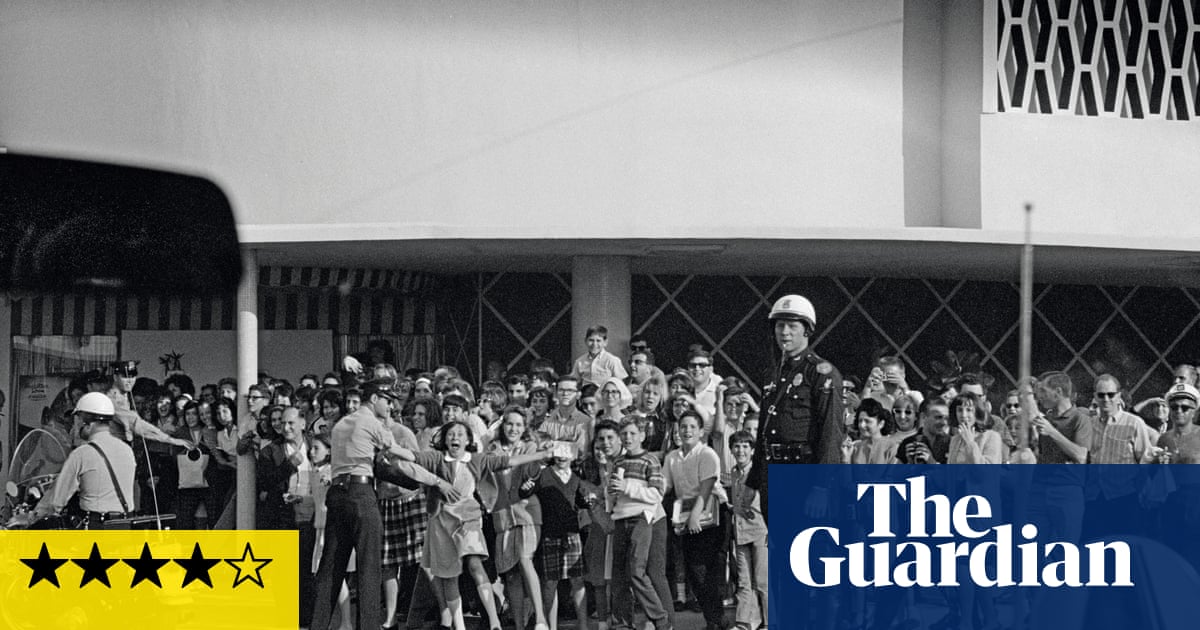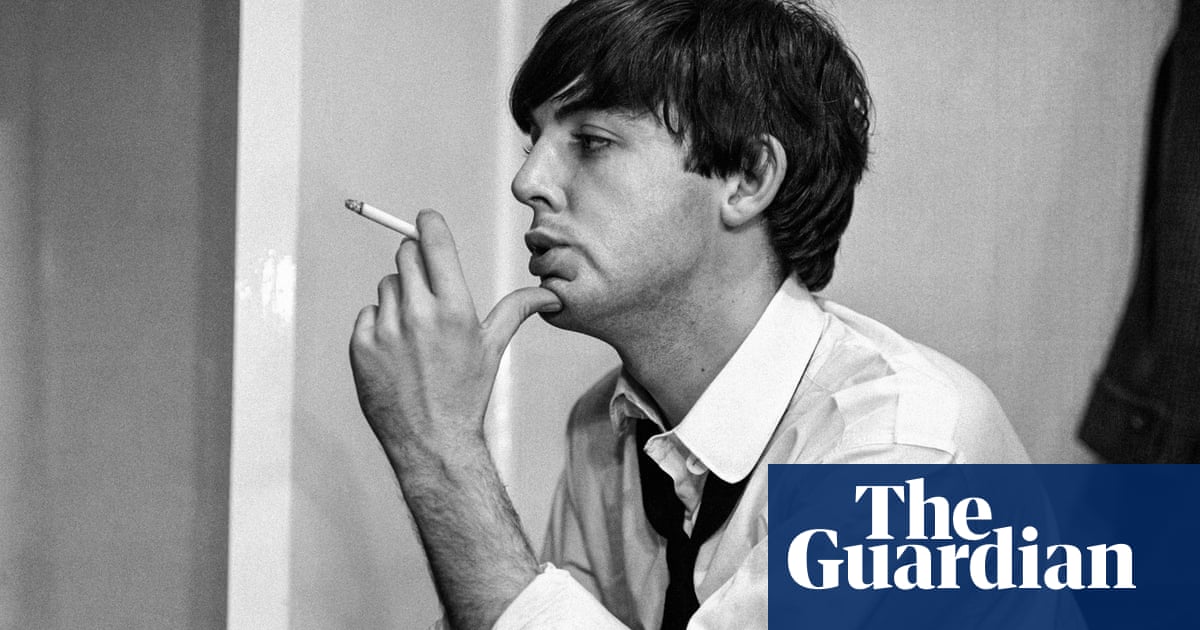
he song that closes Paul McCartney’s latest solo album transcribes the to-do list of a man living a simpler life. Foxes are scaring the hens and lambs, so on Winter Bird/When Winter Comes, he’s got to see to the fence. Once that’s sorted, he might tackle the drainage issues in the carrot bed. Maybe he’ll get round to planting some trees to shade future generations.
Those with long memories might recognise the Paul McCartney at work on this track, and on swaths of McCartney III: it’s the back-to-land fugitive of his first solo album, McCartney (1970). Conceived as the Beatles were fractiously imploding, it was very much the work of a cultural powerhouse in a tailspin, resetting his dials on a Scottish farm with his young family.
Sheltering in place, at one remove from a difficult world, contemplating some gardening – it’s not hard to find parallels with what McCartney calls “rockdown”. Much of his 2020 should have been filled with a Glastonbury headline slot and other touring engagements, but instead resulted in the unscripted McCartney III. The rogue element of fortune is echoed in the album’s artwork, an Ed Ruscha commission that shows a die poised on its point, three dots to the fore. It seems to ask: what are the chances?
As with both previous self-titled McCartney records – McCartney II followed in 1980, as Wings were folding – the former Beatle wrote, played and produced everything himself on III. This strand of numbered solo albums is, famously, looser and more experimental than McCartney’s more nipped and tucked commercial work. There are a few more resonanceswith ’69-’70: then, Linda McCartney took the pictures. In 2020, daughter Mary McCartney fulfilled that role. She was the baby peeking out from McCartney’s big coat on the 1970 album’s flipside.
Photography is uppermost in McCartney’s mind on a song called Pretty Boys, a meditation about fame. As one of the most snapped humans on the planet, it’s easy to hear “meet the pretty boys… objects of desire” as a rumination on the Beatles as a boyband. But as a man who was once married to a photographer, McCartney can bring nuance to the study. “Try to feel the light,” he sings. On this varied record, abounding in chiaroscuro, light is both literal and metaphorical. It recurs as a theme on a work that mostly privileges love and positivity – although not exclusively.
We know by now that the author of Hey Jude and Let It Be remains a really decent guy to turn to in a crisis. Find My Way, the song on III that most clearly reveals its 2020 origins, offers up a shoulder to lean on. “Now you’re overwhelmed by your anxieties,” McCartney sings, “let me help you out, let me be your guide.” Even better are the song’s various gently arpeggiating instruments, supplementing the words with persuasive loveliness.
The remainder of the tracklisting hops around in time, tying off iPhone voice notes that McCartney had on the back burner. The threads that connect McCartney III to its synth-heavy 1980 predecessor are, perhaps, less obvious than those leading back to his debut. But the main objective – experimentation – remains. Here, in common with the more recent Chaos and Creation in the Backyard (2005), McCartney is following instinct, not tidying up too much and playing an array of instruments, including the acoustic stand-up bass once owned by Elvis Presley’s original bassist, Bill Black.
Naturally, you can often hear McCartney’s past loud and clear – never more so than in the jaunty progressions and bittersweet Beatle whimsy of songs such as Seize the Day. He is in no doubt of his purpose here: “It’s still all right to be nice,” he beams.
Echoes of previous Beatles character sketches, such as Polythene Pam, register, too, on the playful-sounding Lavatory Lil. This particular throwback jars rather than charms, however, when a woman from McCartney’s past gets her comeuppance. If revenge is a dish best served cold, that one might have stayed in the barn’s chest freezer a while longer.
If III suffers a little from the patchiness endemic to the mission statement, musical freedom – a sense of unfettered “let it be”-ness – is the chief draw here. The album’s opening shot, the mostly instrumental Long Tailed Winter Bird, is a tremendous, raga-like track that could have gone on for far longer than its allotted five minutes-plus. The vocals don’t break the spell too much.
The album’s flowing centrepiece, Deep Deep Feeling, by contrast, fills eight and a half minutes; a collage of vocals and backing vocals augmented by boxy percussion and piano. McCartney’s theme here is love, but this isn’t a cliched treatment. Rather, it’s a meditation on an overwhelming emotion that cuts deep and destabilises, one so intense it hurts.
Most free of all, perhaps, is Slidin’, a muscular blues-rock dirge that serves as a reminder of McCartney’s masterful heaviosity. “I know there must be other ways of feeling free,” he postures in full-on overdrive. “But this is what I want to do, who I want to be,” he yowls.
McCartney III is released on 18 December












